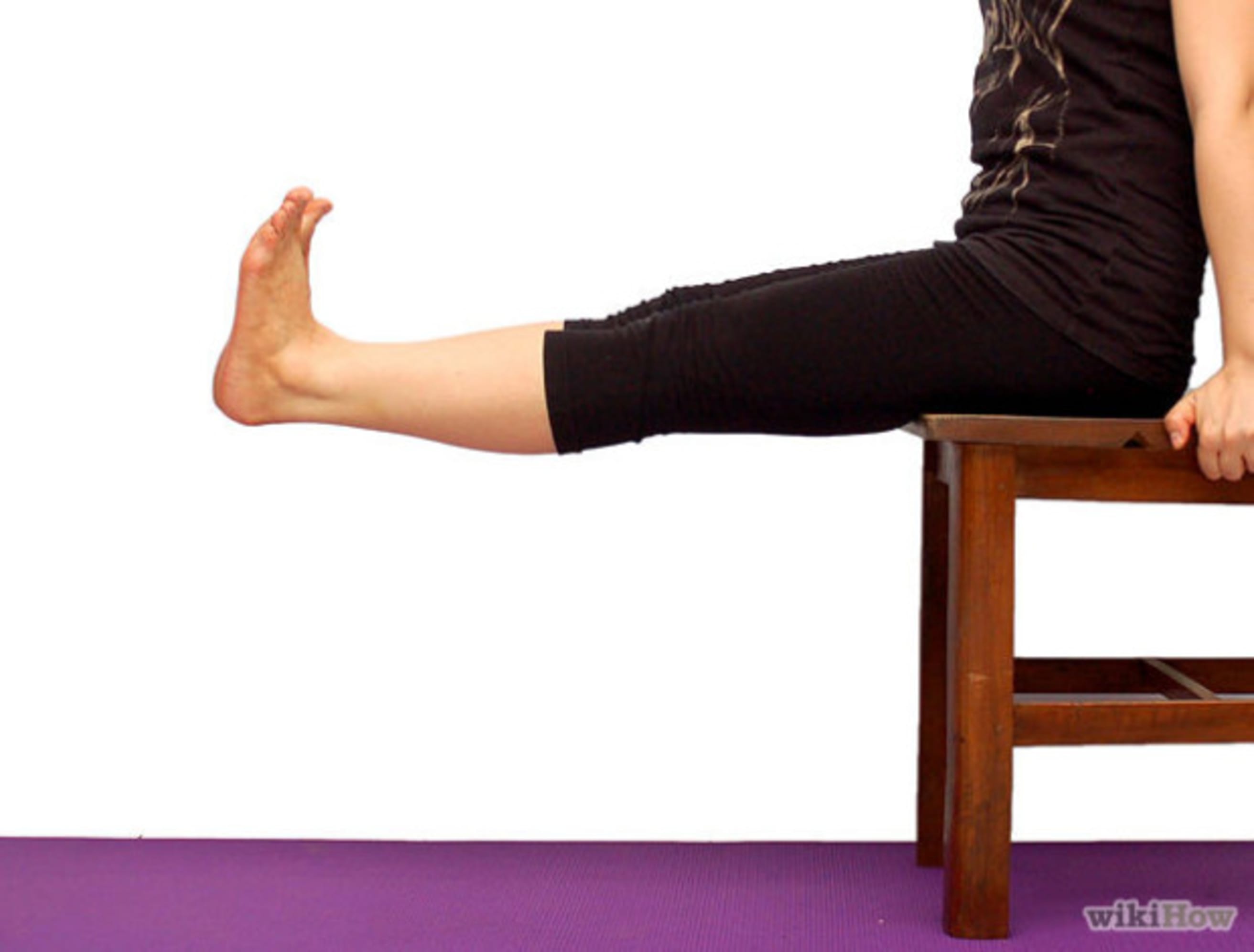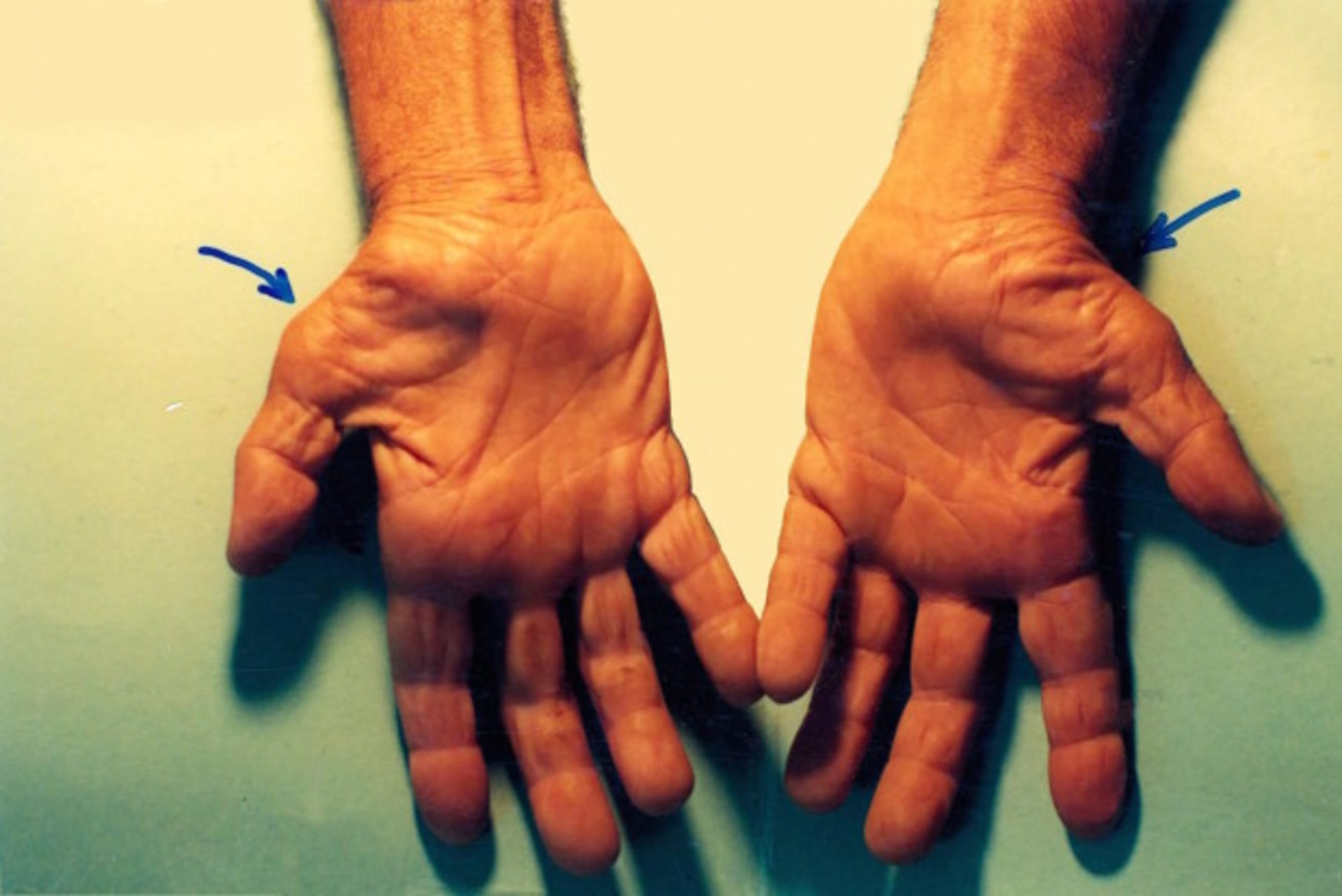“Sitting is the smoking of our generation."
While it seems a bit dramatic, there’s a rock solid reason this quote is thrown all over the internet. It’s more relevant than ever, since most of us spend the majority of our day, every day, sitting behind a desk, staring at a computer screen. Nilofer Merchant of Harvard Business Review, the apparent originator of the quote, explains:
"As we work, we sit more than we do anything else. We’re averaging 9.3 hours a day, compared to 7.7 hours of sleeping. Sitting is so prevalent and so pervasive that we don’t even question how much we’re doing it. And, everyone else is doing it also, so it doesn’t even occur to us that it’s not okay. In that way, I’ve come to see that sitting is the smoking of our generation.”
After just one hour of sitting, says Merchant, "the production of enzymes that burn fat declines by as much as 90%.” Not only that, the body’s metabolism slows and after just 20 minutes, blood begins to pool in your legs and pressure builds up in your spine. Sitting for extented periods every day also dramatically increases your risk of deep vein thrombosis (DVT) and lowers life expectancy. So it’s easy to see why people have come to fear the dreaded desk, why some have adopted standing desks, and why it’s important to be mindful of how long you spend sitting – be it at a desk or on a couch – every day. Chances are, it’s a lot more than you think.
If you aren’t using proper posture at your desk, watching what you eat, or making an attempt to offset long hours behind a computer with some physical activity, long hours behind a computer can easily begin to take its toll on your body. And the side-effects of sitting at a desk every day are far-reaching, from obesity and chronic neck and back pain to carpal tunnel syndrome.
Fortunately, there is no shortage of ways to actively counteract these effects and keep your health in check without having to quit your desk job and search for a new career. Below, you will find some helpful desk exercises – or deskercises – you can do right from your desk to help build strength, increase blood flow, and boost brain activity.
1. Neck rolls
If you sit with incorrect posture, your monitor too low or high, or simply for extended periods of time, neck strain can be a serious issue. Using some yoga neck rolls can help fight this.
Sit up straight in your chair and lean your head forward. Rotate it around clockwise (or draw circles with your nose, as Yoga With Adriene demonstrates) for 10 to 15 seconds, then switch to rotating counterclockwise.
You can also slightly lean your head to the left, place your right hand against the right side of your head, and press against your hand with your head to work the muscles in your neck. Repeat for the other side.
2. Leg extensions

A quick and easy exercise you can do while you write or work is a simple leg extension. Point your toe and extend your leg out straight. Lifting your leg and holding it for five to 10 seconds will stretch your calves and hamstrings. Switch legs and repeat at will.
Alternatively, you can relax your foot and extend your leg outward, raising it every 10 seconds, to work the lower abdomen.
3. Lower back stretch
The majority of the stress of a sedentary lifestyle is put on the back, especially the lower back. You can relieve much of this stress by simply standing up and reaching for your toes for 10 to 30 seconds.
An alternative to touching your toes is to remain seated in your chair, widen your knees to roughly shoulder width, and bring your head towards your knees. Letting your head drop will help stretch your lower back and relieve some pressure. You can also interlock your fingers behind your back and extend upwards to help work and stretch out your shoulders at the same time.
Doing one of these exercises once every hour for approximately one minute, you will notice reduced stress on your lower back.
4. Spinal twist
Another method of giving your back some relief is by sitting in your chair sideways, gripping the top of the chair with both hands and pulling your body towards the back of the chair. Do this two to three times and hold for 10 seconds, then switch to the other side.
5. Squats
If you’ve already stood up to touch your toes, you might as well do some squats before you sit down. Stuart Phillips, Ph.D., professor of kinesiology at McMaster University, explains that squats activate "the body’s biggest muscles, those in the buttocks, back and legs.” Gretchen Reynolds of The New York Times agrees and elaborates some more in a Freakonmics podcast episode asking about the single best exercise.
To perform a squat, stand with your feet greater than shoulder-width apart, extend your arms out from your body, parallel to the ground, and begin to bend your knees whilst keeping your shoulders and back straight. Dip as low as your body allows and explode back to a standing position. Do this 20 to 30 times to get your heart rate up and work some of the most important muscles in your body.
Todoist's own Brenna Loury says she has a daily recurring task in Todoist to do 50 squats per day and says it’s perfect for doing at your desk.
Squat on, Brenna!
6. Jog in place for 60 seconds
Another standing exercise that will get your heart pumping is jogging in place. Doing this for 60 seconds can bring your heart rate up and wake you up if you've been feeling groggy. It's probably more effective than that sugary, quad-espresso latte you ordered this morning.
Additionally, you can bring your needs up to or above waist-height for more effective results.
7. “Run” in place while sitting
If you insist on remaining seated throughout the day or can’t spare a few seconds away from your computer, you can pretend to run while sitting in your chair. Move your legs back and forth while moving your arms as you would if you were running.
While this may sound and look silly, it will bring your heart rate up and get the blood flowing again, which is the most important part. Again, bringing your knees up higher will provide better results.
8. Tap your toes

In addition to the sit-and-run, as I’ll call it, you can simply tap your toes to bring your heart rate up. Obviously, this isn’t as effective as running in place or doing 30 squats, but simply tapping your toes in an alternating pattern, as if you were running, can actually help you burn off a few extra calories (seriously, not much) while keeping your heart in check.
This is a bare-minimum exercise, but it’s also something that you can (and probably already do) without thinking about it.
9. Carpal tunnel preventative stretches

Typing on a keyboard all day is terrible on your wrists. It typically puts them in unnatural positions for hours at a time, causing stress and pain in your joints and tendons, eventually leading to the very painful and uncomfortable carpal tunnel syndrome.
To help prevent this, you can do some simple wrist stretches once or twice per hour. Extend your arm outwards from your side and flex your hand up (palm facing away from your body). With your other hand, pull back on your fingertips and hold for 10 to 30 seconds. After releasing, bend your hand downward (palm facing towards your body) and pull it towards your body once more with the opposite hand. Swap hands and repeat two to three times.
You can also simply rotate your wrists in circular motions for 10 to 20 seconds, switching between clockwise and counterclockwise rotations.
10. Praying hands
Another wrist stretch is called the praying hands. Put the palms of your hands together around chin-level and slowly bring them towards your waist, keeping your arms close to your body. Lower them until you feel tension in your wrists and hold for 10 ot 30 seconds. Repeat as needed once or twice per hour.
11. Chair dip
To give your arms a little exercise during the workday, you can do some simple chair dips. Though, if you're using a chair on wheels, you may want to consider using a different chair or a desk.
Face away from the chair and sit on the edge of the seat. Place your palms on the edge of the seat and slide off the chair. Slowly lower your body until your elbows reach a 90 degree angle, then raise your body back to seat-height. Try one set of eight reps and increase repetitions as necessary.
12. Chair lift
This exercise is similar to the chair dip, except instead of dipping, you will be lifting. Position yourself near the edge of the seat and grip the arm rests behind your back. Lift your body off the seat and hold for a few seconds, then gently let yourself back down. Repeat five to 10 times.
13. Desk curls
Another arm exercise you can perform at your desk is the curl. But instead of using a free weight, you will use the edge of your desk. This tip comes from Men’s Fitness magazine.
With your chair close to the desk and your elbow at 90 degrees, make a fist or open your palm and press against the bottom of the desk. Hold for six to 10 seconds for six repetitions. For similar arm exercises, Men’s Fitness has several which utilize your desk for resistance.
14. 4-7-8 breathing ritual
One of the most simple and discrete exercises you can do from your desk is controlling your breathing to bring down your heart rate. The breathing exercise I use every morning, night, and any time I feel stress levels rising is the 4-7-8.
With your feet placed flat against the floor, breathe in for a count of four, hold your breath for a count of seven, and breathe out forcefully (with tongue pressed against the ridge behind your front two teeth) for a count of eight.
It sounds easy, and it is, but it may also require some practice to get it down right and for it to become a useful tool. When used properly, it can lower your heart rate (helping you control your mood) and put you in a more relaxed state. In a high stress situation, controlled breathing can help you gain a level mindset and get more done. It can also be used as a way to ward off food cravings, says Dr. Andew Weil.
This also helps me fall asleep at night when I’m particularly restless, but I don’t think that will help much when you’re on the clock … unless you’ve convinced your boss (or yourself) of productive sleeping.
15. Side stretches
The final exercise is one many of you probably already do – the side stretch. Raise your arm into the air and lean in the opposite direction as if you were reaching for something on a high shelf. Hold for 10 seconds, then switch arms. Repeat three to four times. This will stretch your sides and arms. Plus, it’s very discrete and probably won't attract the attention of your coworkers, unlike many of these exercises.
These exercises are extremely simple and may some of them may seem silly or pointless, but the idea is to keep your body in motion, raise and lower your heart rate, and keep you from withering away behind your computer. If you can remind yourself you've been sitting for too long, any sort of movement is better than being sedentary, even if it warrants some strange looks from those sharing the office with you.
If you have some awesome desk exercises we missed or you think should be included, be sure to share them in the comments below!

